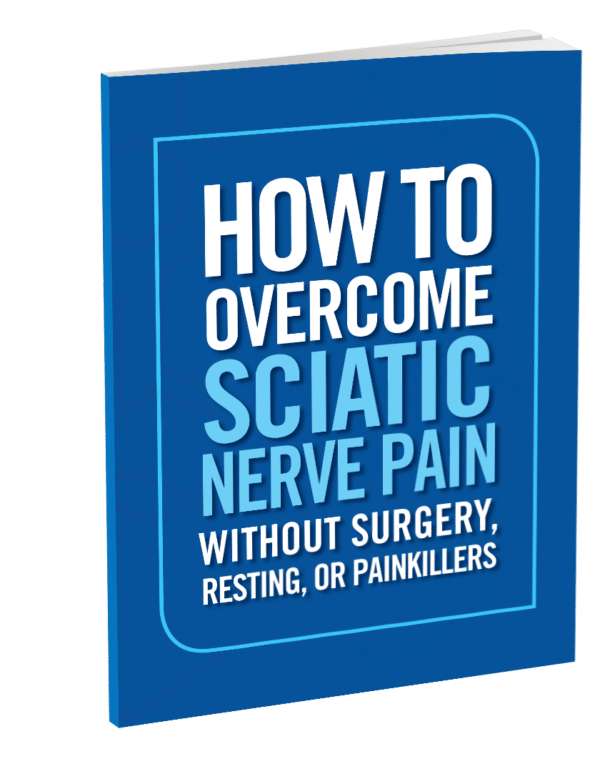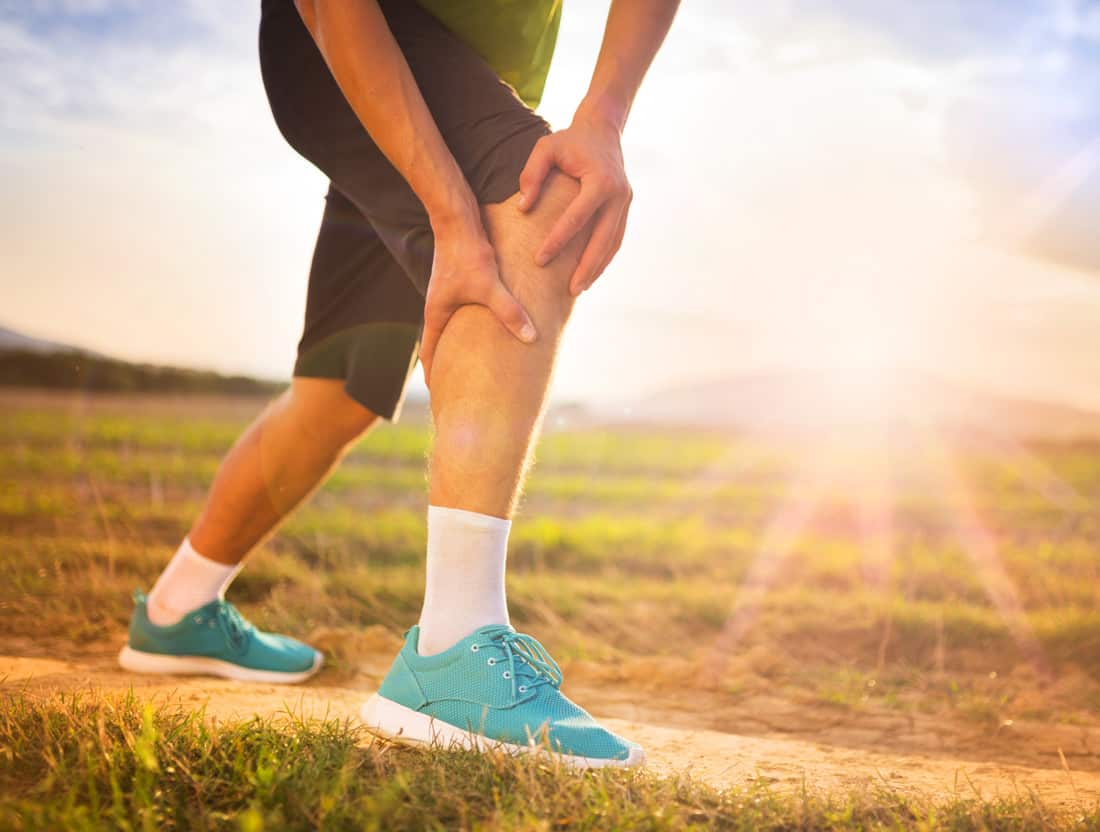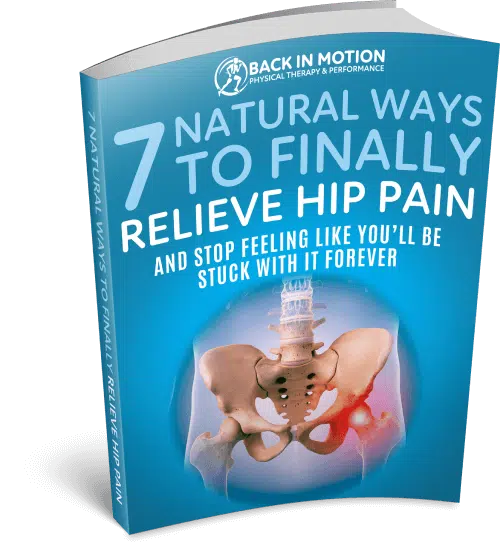Everything You Need To Know About Arthritis!
What is Arthritis?
Arthritis means joint inflammation, but the term ‘arthritis’ is used to describe around 200 conditions that affect joints, the tissues that surround the joint, and other connective tissues. When joints become inflamed they tend to develop stiffness, swelling pain, minimized range of motion, and redness. In most of the cases, inflammation can cause irreversible damage to the impacted joint. However, the causes of most forms of arthritis are still unknown.
There are around more than 100 different kinds of arthritis and conditions related to it. People of all ages, sex and races can have arthritis, and it is the leading cause of disability in America. More than 50 million adults and 300,000 children have one or the other type of arthritis. However, it is commonly seen among women and occurs more frequently as people get older.
Arthritis can be broken into three main categories:
- Osteoarthritis– Also known as degenerative joint disease, it is the most frequently diagnosed form of arthritis. It occurs when the cartilage inside a joint disintegrates and most often occurs after 40.
- Rheumatoid Arthritis– This type of arthritis occurs when the lining inside joints becomes inflamed, causing joint damage and pain. Most commonly it occurs in small joints of wrists, fingers, and hands. It strikes between the ages of 30 and 50.
- Juvenile Arthritis– It includes any type of arthritis that affects children younger than age 18. It occurs more often in girls than boys. It typically affects ankles, knees, and wrists, and might also affect hips, neck, jaw, and shoulders.
Why Arthritis Occurs?
Cartilage refers to a firm but flexible connective tissue in your joints. Basically, it protects the joints by absorbing the pressure and shock created when you move and put stress on them. A reduction in the usual amount of this cartilage can cause some forms of arthritis.
Normal wear and tear causes Osteoarthritis, which is one of the most common forms of arthritis. Your risk of developing Osteoarthritis might be higher if you have a family history of the disease. However, Rheumatoid Arthritis occurs when your body’s immune system attacks the tissues of the body.
How Arthritis Occurs?
With various forms of arthritis, the cause of arthritis is unknown. But there are some things that can raise your chances of getting it. Following are the reasons:
- Age– The older you get, the more worn down your joint gets.
- Gender– Almost every type of arthritis is more common among women.
- Genes– Conditions like rheumatoid arthritis, lupus, and ankylosing spondylitis are associated to certain genes.
- Excess Weight– Carrying extra pounds makes arthritis in the knees start sooner and gets worse faster.
- Injuries– Injuries can cause joint damage that can bring on conditions like arthritis.
- Infection– Viruses, bacteria, or fungi can infect the joints and can trigger inflammation.
- Work– If you go hard on your knees at work, like knee bends or squats; you might be more prone to osteoarthritis.
Treatment Options
Seeing your primary care physician is a good first step if you are not sure who to see for an arthritis diagnosis. They will perform a physical exam to check for fluid around the joints, warm or red joints, and the limited range of motion in the joints. The main goal of treatment is to diminish the amount of pain you are experiencing and prevent additional damage to the joints. Your Physical Therapist might prescribe you a combination of the treatment methods to achieve the best results:
Surgery- Last Resort
Surgery to replace your joint with an artificial one might be one option. This form of surgery is most commonly performed in order to replace hips and knees. However, if your arthritis is severe in your wrists and fingers, your Physical Therapist might perform a joint fusion. In this procedure, the ends of your bones are locked together until they heal or become one.
Painkillers- Proceed with Caution
Different types of medication treat arthritis including:
- Analgesics, like hydrocodone (Vicodin) or acetaminophen (Tylenol), are very much effective for pain management, but does not helps in decreasing inflammation.
- Non-steroidal anti-inflammatory drugs (NSADIDs), like ibruphen (Advil) and salicylates, helps in minimizing pain and inflammation. Since salicylates have the tendency of thinning the blood, they should be used cautiously.
- Menthol or capsaicin creams restrict the transmission of pain signals from your joints.
- Immunosuppressants like prednisone or cortisone help in reducing the inflammation.
Physical Therapy– Most Conservative and 1st Choice
Physical therapy involves exercises that help strengthen the muscles around the affected joint is the most effective component of arthritis treatment. Physical therapists recommend a course of physical therapy to help patients with arthritis overcome some of the challenges and to reduce the limitations on mobility. Various forms of recommended physical therapy include:
- Warm Water Therapy- Exercises in a warm-water pool. Water supports weight and exerts less pressure on the muscles and joints.
- Physical Therapy- Certain exercises tailored to the condition and individual needs, sometimes combined with pain-relieving treatments like ice or hot packs and massage.
- Occupational Therapy- Practical advice on managing everyday tasks, selecting specialized equipment’s, protecting the joints from further damage and also in managing fatigue.
Stem Cells
Stem cells are there throughout the body and they have the ability to divide and duplicate themselves. A stem cell itself does not serve the body; rather it develops into a cell that does serve the body, like a cartilage cell or a bone cell. Stem cells can be applied during a surgery through injections directly into the arthritis joint. When it comes to administering stem cell injections, many physicians make use of medical imaging, like ultrasound, so as to deliver cells accurately to the location of cartilage damage.
If you or someone you love is experiencing joint pain and stiffness, do not delay getting an effective treatment. With the right diagnosis plan in place, most forms of arthritis can be managed efficaciously.

GET YOUR FREE REPORT
7 Simple and Fast Strategies to Reduce Achy Acute and Chronic Knee Pain
About Author: Dr. Scott Gray
Dr. Scott Gray is an internationally recognized and expert physical therapist specializing in sport, athletic, and back and neck injuries. He is the inventor of a revolutionary form of treatment called the GRAY METHOD. This type of treatment unlike others, addresses the CAUSE rather than just your SYMPTOMS with a full body approach. For more information on how to ease or overcome your injury, go to www.backinmotionsspt.com.










